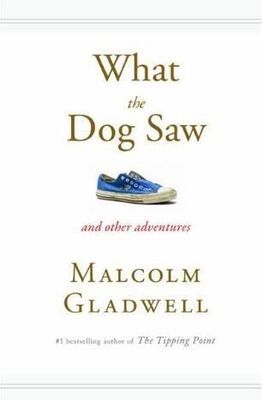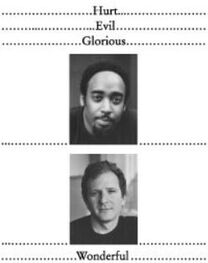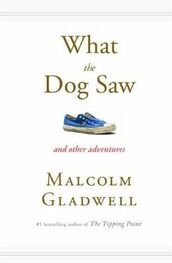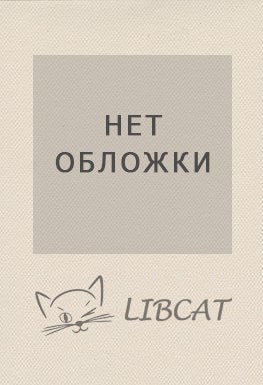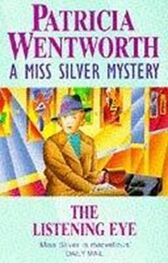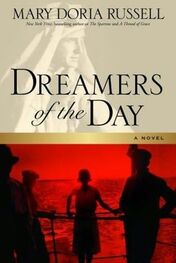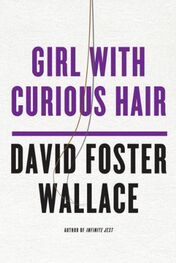I heard about Nolan Myers from Hadi Partovi, an executive with Tellme, a highly touted Silicon Valley startup offering Internet access through the telephone. If you were a computer-science major at MIT, Harvard, Stanford, Caltech, or the University of Waterloo this spring, looking for a job in software, Tellme was probably at the top of your list. Partovi and I talked in the conference room at Tellme’s offices, just off the soaring, open floor where all the firm’s programmers and marketers and executives sit, some of them with bunk beds built over their desks. (Tellme recently moved into an old printing plant – a low-slung office building with a huge warehouse attached – and, in accordance with new-economy logic, promptly turned the old offices into a warehouse and the old warehouse into offices.) Partovi is a handsome man of twenty-seven, with olive skin and short curly black hair, and throughout our entire interview he sat with his chair tilted precariously at a forty-five-degree angle. At the end of a long riff about how hard it is to find high-quality people, he blurted out one name: Nolan Myers. Then, from memory, he rattled off Myers’s telephone number. He very much wanted Myers to come to Tellme.
Partovi had met Myers in January of Myers’s senior year, during a recruiting trip to Harvard. “It was a heinous day,” Partovi remembers. “I started at seven and went until nine. I’d walk one person out and walk the other in.” The first fifteen minutes of every interview he spent talking about Tellme – its strategy, its goals, and its business. Then he gave everyone a short programming puzzle. For the rest of the hour-long meeting, Partovi asked questions. He remembers that Myers did well on the programming test, and after talking to him for thirty to forty minutes he became convinced that Myers had, as he puts it, “the right stuff.” Partovi spent even less time with Myers than I did. He didn’t talk to Myers’s family, or see him ecstatic or angry or depressed, either. He knew that Myers had spent last summer as an intern at Microsoft and was about to graduate from an Ivy League school. But virtually everyone recruited by a place like Tellme has graduated from an elite university, and the Microsoft summer-internship program has more than six hundred people in it. Partovi didn’t even know why he liked Myers so much. He just did. “It was very much a gut call,” he says.
This wasn’t so very different from the experience Nolan Myers had with Steve Ballmer, the CEO of Microsoft. Earlier that year, Myers attended a party for former Microsoft interns called Gradbash. Ballmer gave a speech there, and at the end of his remarks Myers raised his hand. “He was talking a lot about aligning the company in certain directions,” Myers told me, “and I asked him about how that influences his ability to make bets on other directions. Are they still going to make small bets?” Afterward, a Microsoft recruiter came up to Myers and said, “Steve wants your e-mail address.” Myers gave it to him, and soon he and Ballmer were e-mailing. Ballmer, it seems, badly wanted Myers to come to Microsoft. “He did research on me,” Myers says. “He knew which group I was interviewing with, and knew a lot about me personally. He sent me an e-mail saying that he’d love to have me come to Microsoft, and if I had any questions I should contact him. So I sent him a response, saying thank you. After I visited Tellme, I sent him an e-mail saying I was interested in Tellme, here were the reasons, that I wasn’t sure yet, and if he had anything to say I said I’d love to talk to him. I gave him my number. So he called, and after playing phone tag we talked – about career trajectory, how Microsoft would influence my career, what he thought of Tellme. I was extremely impressed with him, and he seemed very genuinely interested in me.”
What convinced Ballmer he wanted Myers? A glimpse! He caught a little slice of Nolan Myers in action and – just like that – the CEO of a $400 billion company was calling a college senior in his dorm room. Ballmer somehow knew he liked Myers, the same way Hadi Partovi knew, and the same way I knew after our little chat at Au Bon Pain. But what did we know? What could we know? By any reasonable measure, surely none of us knew Nolan Myers at all.
It is a truism of the new economy that the ultimate success of any enterprise lies with the quality of the people it hires. At many technology companies, employees are asked to all but live at the office, in conditions of intimacy that would have been unthinkable a generation ago. The artifacts of the prototypical Silicon Valley office – the videogames, the espresso bar, the bunk beds, the basketball hoops – are the elements of the rec room, not the workplace. And in the rec room you want to play only with your friends. But how do you find out who your friends are? Today, recruiters canvas the country for résumés. They analyze employment histories and their competitors’ staff listings. They call references and then do what I did with Nolan Myers: sit down with a perfect stranger for an hour and a half and attempt to draw conclusions about that stranger’s intelligence and personality. The job interview has become one of the central conventions of the modern economy. But what, exactly, can you know about a stranger after sitting down and talking with him for an hour?
Some years ago, an experimental psychologist at Harvard University, Nalini Ambady, together with Robert Rosenthal, set out to examine the nonverbal aspects of good teaching. As the basis of her research, she used videotapes of teaching fellows that had been made during a training program at Harvard. Her plan was to have outside observers look at the tapes with the sound off and rate the effectiveness of the teachers by their expressions and physical cues. Ambady wanted to have at least a minute of film to work with. When she looked at the tapes, though, there was really only about ten seconds when the teachers were shown apart from the students. “I didn’t want students in the frame, because obviously it would bias the ratings,” Ambady says. “So I went to my adviser, and I said, ‘This isn’t going to work.’ ”
But it did. The observers, presented with a ten-second silent video clip, had no difficulty rating the teachers on a fifteen-item checklist of personality traits. In fact, when Ambady cut the clips back to five seconds, the ratings were the same. They were the same even when she showed her raters just two seconds of videotape. That sounds unbelievable unless you actually watch Ambady’s teacher clips, as I did, and realize that the eight seconds that distinguish the longest clips from the shortest are superfluous: anything beyond the first flash of insight is unnecessary. When we make a snap judgment, it is made in a snap. It’s also, very clearly, a judgment: we get a feeling that we have no difficulty articulating.
Ambady’s next step led to an even more remarkable conclusion. She compared those snap judgments of teacher effectiveness with evaluations made, after a full semester of classes, by students of the same teachers. The correlation between the two, she found, was astoundingly high. A person watching a two-second silent video clip of a teacher he has never met will reach conclusions about how good that teacher is that are very similar to those of a student who sits in the teacher’s class for an entire semester.
Recently, a comparable experiment was conducted by Frank Bernieri, a psychologist at the University of Toledo. Bernieri, working with one of his graduate students, Neha Gada-Jain, selected two people to act as interviewers, and trained them for six weeks in the proper procedures and techniques of giving an effective job interview. The two then interviewed ninety-eight volunteers of various ages and backgrounds. The interviews lasted between fifteen and twenty minutes, and afterward each interviewer filled out a six-page, five-part evaluation of the person he’d just talked to. Originally, the intention of the study was to find out whether applicants who had been coached in certain nonverbal behaviors designed to ingratiate themselves with their interviewers – like mimicking the interviewers’ physical gestures or posture – would get better ratings than applicants who behaved normally. As it turns out, they didn’t. But then another of Bernieri’s students, an undergraduate named Tricia Prickett, decided that she wanted to use the interview videotapes and the evaluations that had been collected to test out the adage that the handshake is everything.
Читать дальше